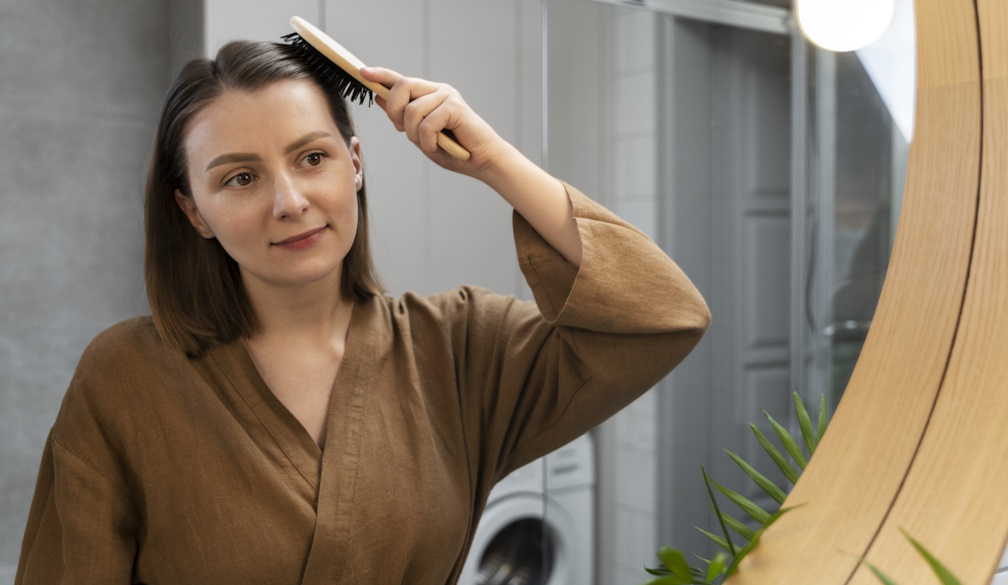Removal of 'double dipping' from parental leave may impact mothers' health
- Written by Belinda Hewitt, Associate Professor of Sociology, University of Melbourne
 Even Australia's relatively short paid parental leave scheme benefits women's health. But will proposed changes undermine that?from www.shutterstock.com
Even Australia's relatively short paid parental leave scheme benefits women's health. But will proposed changes undermine that?from www.shutterstock.com
Australian government proposals to end so-called “double dipping” with paid parental leave may scale back health benefits for women who take time off work to care for their babies.
The proposed changes to the paid parental leave scheme would potentially restrict paid leave entitlements to a maximum of 18 weeks for an estimated 80,000 women receiving both employer paid leave and government paid parental leave.
There is good evidence that longer paid parental leave has extra health benefits for mothers, which we assess below. This means that any shortened paid leave associated with ending “double dipping” may have unintended health consequences for women.
Does parental leave boost mothers’ health?
However, our review also identified a number of limitations.
First, we only identified seven studies that examined paid parental leave. Research rarely differentiated between paid and unpaid leave. So we do not know whether paid leave, which offers both time and income, provides health benefits above and beyond unpaid leave, which offers just time.
Second, because most other wealthy developed countries have had paid parental leave for many years, it has not been possible to test the effect of these policies on working mothers’ health.
How about the situation in Australia?
Australia introduced its first federally funded paid parental leave scheme in January 2011, the second-last wealthy nation to do so. One of its goals was to enhance mothers’ health and well-being.
To find out if this major social policy innovation did this, the Institute for Social Science Research at the University of Queensland led an evaluation, funded by the Australian government.
Researchers directly compared the health of working mothers giving birth before and after the government’s scheme started.
Mothers surveyed after it started had better mental and physical health on average compared to those mothers surveyed beforehand.
Health differences between individuals were small. However, the evaluation concludes that when applied to a large population group (about 145,000 working families take paid parental leave each year), these differences were likely to have an important health impact at population level.
Paid parental leave delivered more health benefits to some groups of working mothers. For example, mothers on casual contracts had much better mental health after its introduction compared to mothers on casual contracts before the scheme.
The Australian case, therefore, provides good evidence that the financial support and time off work from paid leave has significant health benefits for working mothers.
How does Australia’s leave compare?
At 18 weeks and minimum wage, Australia’s paid parental leave is not as generous as those provided in many other countries that offer replacement wages and longer time off. In fact, by world standards the public expenditure on the Australian scheme is relatively modest and below the OECD average.
Even so, this relatively low level of public investment provides significant benefits to the short-term health and well-being of mothers, as we have shown. International evidence also suggests longer paid parental leave can provide health benefits to mothers for decades after birth.
Australian and international research suggests paid parental leave benefits society because it supports and values women’s care-giving and reproductive contributions, and helps ensure having children doesn’t exclude women from holding jobs or earning income. It also benefits women’s health.
The question remains how the proposed removal of double dipping, and any associated reduced paid time off work, will impact on the health and well-being of Australian working mothers in the short and long term.
Belinda Hewitt worked on the Paid Parental Leave Evaluation, funded by the Department of Social Services.
Anne Kavanagh receives funding from the National Health and Medical Research Council and the Australian Research Council.
Lyndall Strazdins was a consultant to the Paid Parental Leave Evaluation, funded by the Department of Social Services.
Zoe Aitken does not work for, consult, own shares in or receive funding from any company or organisation that would benefit from this article, and has disclosed no relevant affiliations beyond the academic appointment above.
Authors: Belinda Hewitt, Associate Professor of Sociology, University of Melbourne





